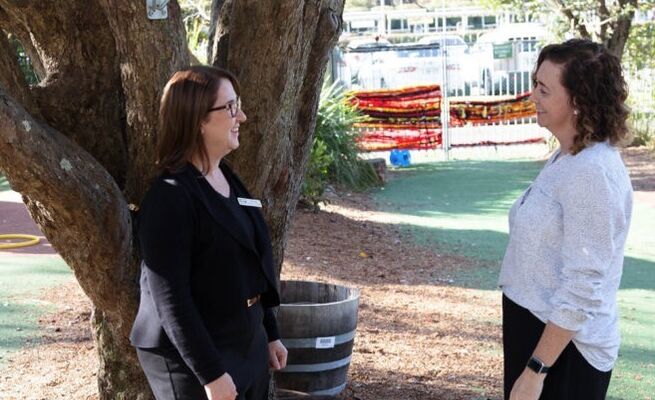Inclusion Readiness
What is Inclusion Readiness?
Child Australia refers to inclusion readiness as "a component of inclusive practices which refers to the consistent and considered thought given to environments, resources and planning to ensure you are ready and able to welcome children (and families) with a range of needs, abilities, interests and backgrounds."
Universal Design for Learning (UDL) and inclusion readiness
The Universal Design for Learning (UDL) framework focusses on creating environments that optimise opportunities for learning for the broadest possible range of capacities and learning styles. UDL principles emphasise multiple ways of engagement, representation, means of action and expression, creating an excellent base for inclusion readiness for all children (read more about UDL here).
Why is it beneficial to be 'inclusion ready' for every child?
When families are choosing an early childhood setting to enrol their child with a disability, it is reassuring for them to see that the team and environment are prepared to include their child and meet their needs. Often perceived barriers during a first tour of the setting can be enough to prevent a family from feeling confident in continuing with the enrolment process.
While every child will have their unique needs and adaptations to meet these will still need to occur as educators get to know each child, there are aspects of programs and environments which can be proactively adjusted to meet some of the common barriers of accessibility that we know are likely to be evident for children with disabilities. If preschools actively plan to welcome the diverse range of children in their community, rather than simply waiting for children to enrol and reacting to barriers that arise, children, families and educators alike will be better placed to have all children fully participating and feeling a sense of belonging from their very first day at preschool.
Some examples of inclusive practices and adaptations which can be embedded into programs and environments to increase inclusion readiness include:
- Changes to acoustics, aesthetics and routines to reduce sensory input (such as soft furnishings and lighting, clutter-free spaces and concurrent indoor/outdoor programs);
- Adding ramps, handrails and clear pathways through spaces to support children with mobility issues
- Embedding key word sign and visuals into the daily program to help all children with communicating and processing information
- Providing books, posters and other resources with imagery that depicts people of varied abilities and cultural backgrounds so children can see themselves and diversity reflected in the environment.

